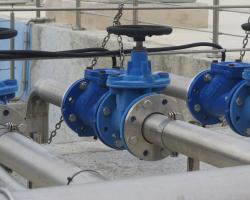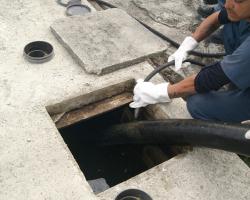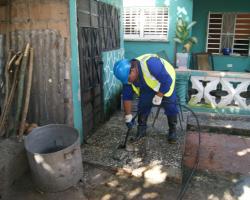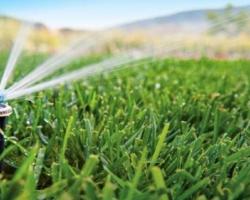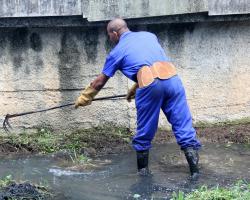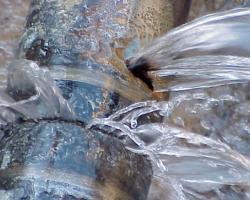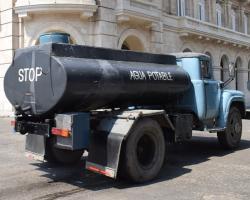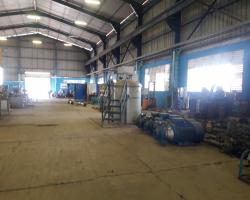Drinking water supply, sewage collection and treatment, and storm and river drainage
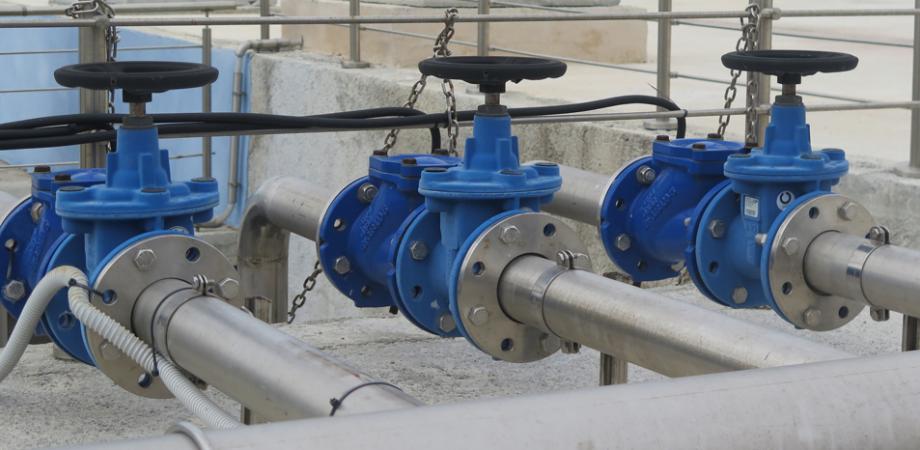
Proper treatment and delivery under favorable conditions of safe water represent an ideal way to reduce the rates of waterborne diseases that are reported, especially in underdeveloped countries. Within this framework, water disinfection, both in normal and eventual or emergent situations, is key to solving the problem.
The aqueduct and sewerage companies that make up the Grupo Empresarial Organización Superior de Direccion Empresarial Agua y Saneamiento, attended by the National Institute of Hydraulic Resources, provide drinking water to 2,489 population settlements, where they receive more than 8 million 57 thousand inhabitants.
80% of the water supplied is of underground origin, but 13 major cities in the country are supplied with surface water.
There are 84 purification plants in the country for the treatment of these waters, only 13 are in good technical condition, 40 in regular technical condition and 30 in poor condition. Currently there is an infrastructure created to enable 8 water treatment plants, which are pending construction or start-up, as well as 12 desalination plants in operation and another 15 in investment, not counting the more than 80 small purification plants received after facing extreme weather events in recent years.
Decree No. 54 of 1982 "Sanitary Regulations in Cuba" and Law No. 124 of 2017 "Terrestrial Water Law", establish the impossibility of delivering water through aqueducts without the corresponding disinfection, for which all our entities They have some method to do it, prioritizing the use of chlorine gas and hypochlorite, so that the supply of these products guarantees an adequate quality of water in the service to the population.
Sanitation coverage in the country through the sewerage service reaches approximately 20.71% of the population (2 million 327 thousand 641 beneficiaries), generally concentrated in the main municipalities of each province, except in Havana, which covers the Most of the municipalities due to their urban extension and the special municipality of Isla de la Juventud with high sewage coverage.
The country has 24 wastewater treatment plants or stations (WWTP) that are operated by the companies that make up the OSDE Agua y Saneamiento, built between 1968 and 2018, with flows that vary between 0.3 liters per second (L / s) up to 200 L / s. Once treated waste is dumped into rivers, streams or the sea. The technical status of the 24 WWTP is: 17 stations are in good technical condition and 7 are in fair condition. Within the PTAR in regular state La Cuba, in Aguas Turquino in Santiago de Cuba, is the most complicated. 20 of these plants comply with the NC-27 or NC-521 standards and only the Pinar del Río (María La Gorda) and Mayabeque (Bejucal) plants fail to comply with the provisions of the discharge regulations.

